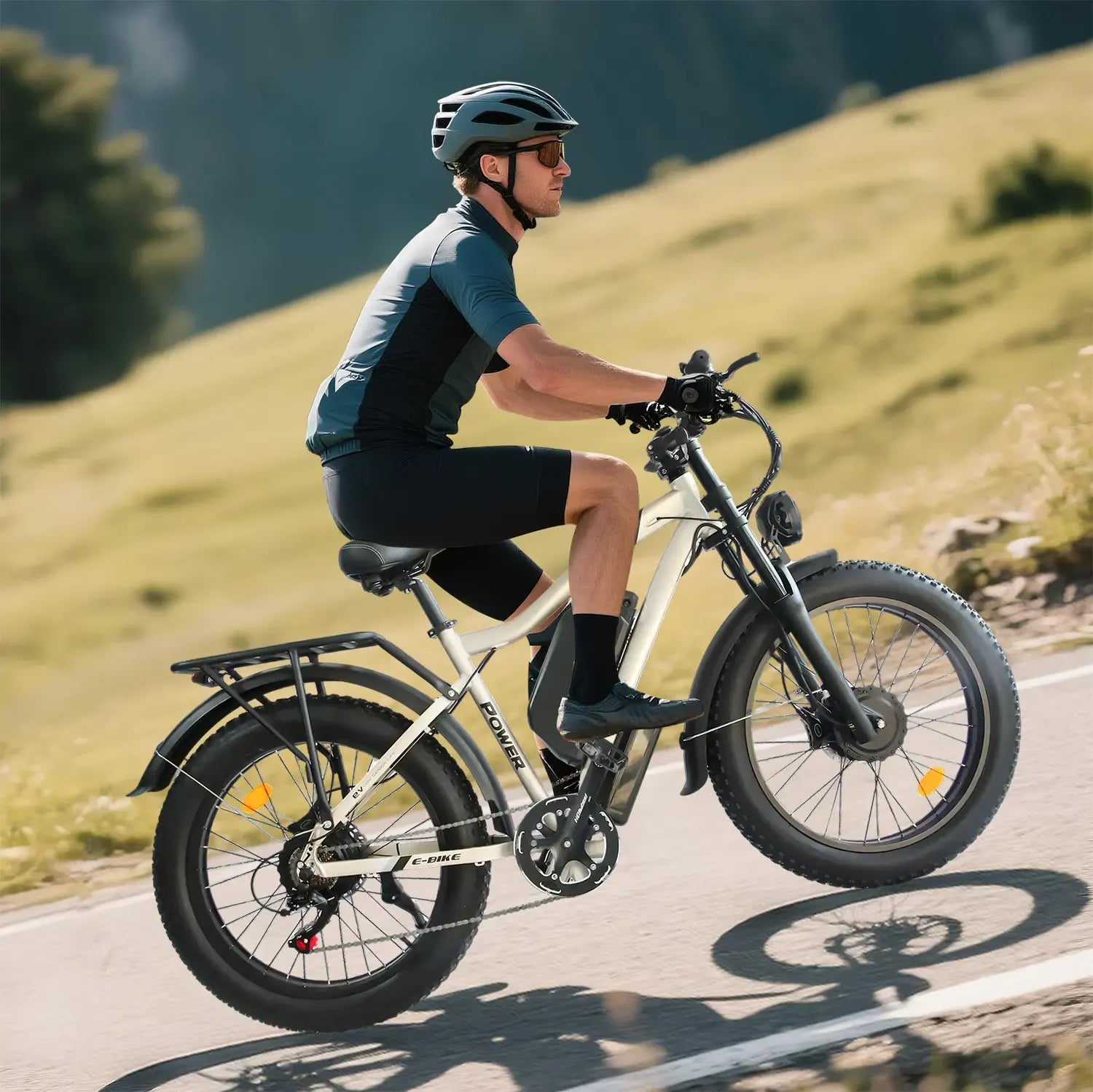Escooters have transformed the urban transportation. As small electric vehicles they are fun to ride, simple to operate and they are ideal as short journeys. They are currently being used by many people in the place of cars and buses. Going to work or taking a trip in your city, escooters are smart and green way to get around. In 2025, escooter is more powerful, safe, and long-lasting. They keep improving, year after year in top speed, battery life and more new features. This blog will enable you to know about the best ones, their prices and what to consider when purchasing one.
Why Are Escooters So Popular?
Escooters are easy to use and don't need fuel. You just charge them and go. The other thing is that they are cheap as compared to cars and no license or insurance are required in most places. The majority of the models tend to be lightweight, foldable and easy to store. Escooters are environmentally friendly since they do not cause any pollution. They also help reduce traffic jams. For short daily trips, they are one of the best transport options.
Best Electric Scooters for Adults 2025
If you're an adult looking for a smart, stylish, and reliable ride, here are some top-rated models you should consider in 2025.
Best Electric Scooters for Adults in 2025
|
Model Name |
Price (USD) |
Top Speed (km/h) |
Range (km) |
Battery Life |
|
Segway Ninebot MAX G2 |
$950 |
35 |
70 |
7-8 hours |
|
TurboAnt V8 Dual Battery |
$800 |
32 |
80 |
9 hours |
|
Apollo City 2025 |
$1,100 |
45 |
65 |
6 hours |
|
NIU KQi3 Max |
$999 |
37 |
70 |
8 hours |
|
Hiboy Titan Pro |
$1,200 |
50 |
64 |
7 hours |
These models are popular due to their speed, range, and affordability. They are perfect for adults who want smooth and long rides.
Finding E Scooters Near Me
Many people search for “e scooters near me” to buy or rent locally. Rental escooter services are now common in big cities. You can use apps like Lime, Bird, or Tier to find one close to your location. These apps also show prices, available battery charge, and nearby parking spots. Buying escooters is easy too. Many local shops sell them, and online stores like Amazon or Walmart offer fast delivery. It is always good to test ride before purchasing. Ensure that the scooter is comfortable and right in terms of height and weight.
Affordable E-Scooters With Long Battery Life
Not all of the people are willing to buy an escooter with a lot of money. Fortunately, there are cheap e-scooters with long duration battery. The models are cheap, and offer good performance at low prices. Some models under $500 can go up to 25–30 km per charge. If you only travel short distances, they may be perfect for you. Even at low prices, you can find safety features like LED lights, disc brakes, and mobile app control.
Budget Escooters With Great Battery Life
|
Model Name |
Price (USD) |
Battery Range (km) |
Battery Time |
Best For |
|
Gotrax GXL V2 |
$349 |
25 |
5 hours |
Daily short rides |
|
Xiaomi Mi 3 Lite |
$399 |
30 |
6 hours |
Students, light use |
|
TurboAnt M10 Lite |
$450 |
32 |
5 hours |
Urban commuters |
|
Hover-1 Alpha Pro |
$480 |
28 |
5 hours |
Beginners |
|
Razor E Prime III |
$429 |
24 |
4.5 hours |
Weekend explorers |
These scooters balance price and quality. If you're new to riding, start with one of these to see if it fits your needs.
Top Speed Electric Scooters
Speed is important for many riders. Some top speed electric scooters can go as fast as 50 km/h or more. These are best for experienced riders and longer routes. If you commute across big areas, a faster scooter can save you time. In many cities, speed is limited to 25 km/h for safety.
Where to Ride Safely
It is best to make sure that they do not ride in paved grounds like sidewalks or cycle lanes. Avoid walking in wet or sandy surfaces because this will result in slippage. Use a helmet when traversing a quick or a busy road. Drive according to the rules and do not make any sharp turns. Do not ride until you have checked your local law. Some areas may require you to park the scooter in special zones after use.
Benefits of Using Escooters
Here are some great reasons to use escooters:
Cost-effective: No fuel, no parking fees.
Eco-friendly: No harmful emissions.
Quick and flexible: Great for short trips and avoiding traffic.
Fun to use: Easy to learn and enjoyable to ride.
Low maintenance: No engines or oil changes.
They are also great for students and office workers who want to save money and time.
Final Thoughts
Escooters are becoming popular around the globe. In 2025, they are quicker, safer and superior than ever. Everyone has something to choose and either you prefer a high-speed or an affordable version. Whether you are looking for the best electric scooters for adults 2025 or affordable e-scooters with long battery life, the selection caters your all needs..
FAQs
What is the average escooters speed?
The majority of escooters can go up to 25-35 km/h. Others are capable of going as much as 50 km/h.
Is it legal to ride escooter on the road?
The answer is yes in most cities. It is important to check local traffic regulations before riding on the roads.
What is the capacity of an escooter battery?
The models determine battery life. The good ones can take 70km on a single charge.











Share:
E Scooters for Adults: The Smart Way to Travel in 2025
Is It Possible To Ride An Offroad E Scooter in the Rain?